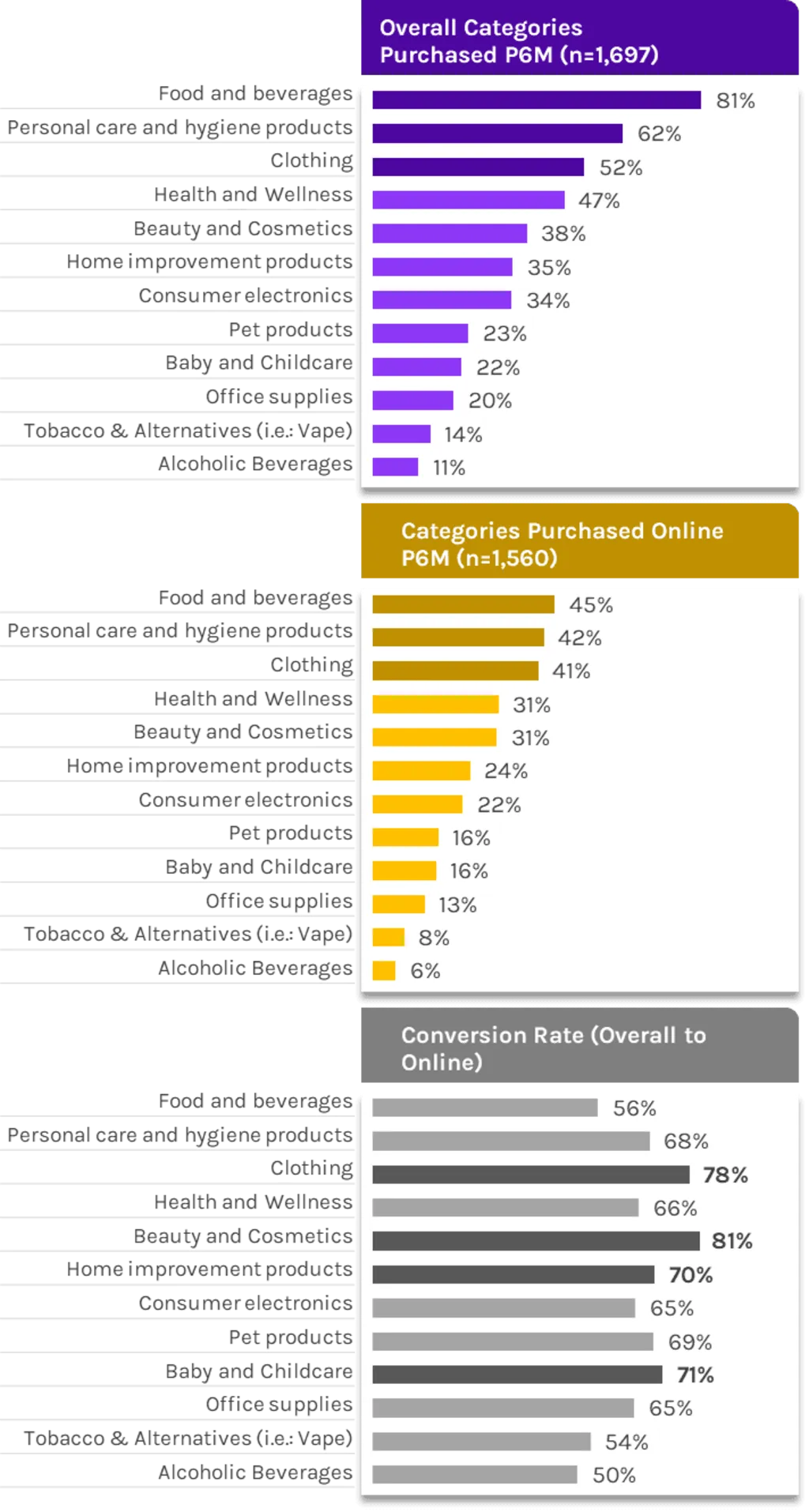The Malaysia E-commerce Market Dynamics point to one clear trend—rapid and sustained growth. In 2024, the market is expected to reach USD 10.72 billion, and by 2029, it’s forecast to almost double to USD 20.93 billion. That’s a robust compound annual growth rate (CAGR) of 14.32%. Already, in 2023, e-commerce grew by 12.2%, hitting USD 10.2 billion (MYR 43.5 billion). And by 2028, it’s projected to reach USD 15.7 billion. These figures highlight the rising importance of online retail in Malaysia’s overall economy.
Internet Access and Smartphone Use Drive Growth
Malaysia’s digital landscape is helping fuel this expansion. Over 29.5 million Malaysians are online, and more than 80% of the population has internet access. At the same time, over half own smartphones, making it easier than ever to shop on the go.
User adoption is booming too. Between 2024 and 2029, the number of e-commerce users is expected to grow by 75.91%, reaching about 18.8 million people. That’s a massive increase in potential customers for online retailers.
Digital Payments Are Taking Over Malaysia E-commerce Market Dynamics
Payment preferences are changing fast. 70% of Malaysians now prefer digital payments over cash. Among these, 50% use online banking, and 40% rely on digital wallets. In 2023, alternative payment methods made up 35.7% of all e-commerce transactions, while payment cards accounted for 24.9%.
Mobile wallets and tap-to-pay solutions are becoming the norm—41% of Malaysians now favor them over traditional wallets. This shift makes checkout faster and supports seamless mobile shopping experiences.
Read Also: Malaysia E-commerce Tech Innovations Are Taking Over
Malaysia E-commerce Market Dynamics: Everyday Needs Are Now Bought Online
Malaysian consumers aren’t just buying gadgets or luxury goods—they’re using e-commerce for daily essentials. In the last six months alone:
81% bought food and beverages
62% bought personal care products
52% purchased apparel

These numbers show that e-commerce is becoming the default channel for everyday shopping. Brands in essential categories now have a golden opportunity to expand online.
Government Support Is Helping SMEs Go Digital
The government has played a major role in boosting Malaysia’s e-commerce readiness. Through the National E-commerce Strategic Roadmap, more than 1.51 million small and medium-sized enterprises (SMEs) adopted e-commerce platforms between 2016 and 2023.
This widespread adoption has helped SMEs tap into new markets, improve efficiency, and stay competitive in a digital-first economy.
Fast Delivery Is a Top Consumer Priority
Convenience is king in Malaysian e-commerce. 72% of consumers say they shop online for speed and ease. However, there’s still room for improvement—more than 40% of users avoid certain platforms due to slow delivery times, and most orders still take over two days to arrive. This gap presents a big opportunity. Companies that can offer fast, reliable shipping will stand out and earn consumer loyalty.
Malaysia E-commerce Market Dynamics Ahead: A Thriving, Digital-First Market
By 2030, Malaysia’s e-commerce market is forecast to hit USD 23.93 billion, supported by a sustained CAGR of 14.32% from 2025 to 2030. With strong digital infrastructure, high mobile usage, and increasing trust in online payments, the market is set to thrive.
Read Also: The Surging Malaysia E-commerce Market Growth in Numbers
However, success in navigating the Malaysia E-commerce Market Dynamics will require more than just scale; businesses that prioritize consumer experience, digital convenience, and fast logistics are more likely to emerge as leaders in this competitive landscape.







